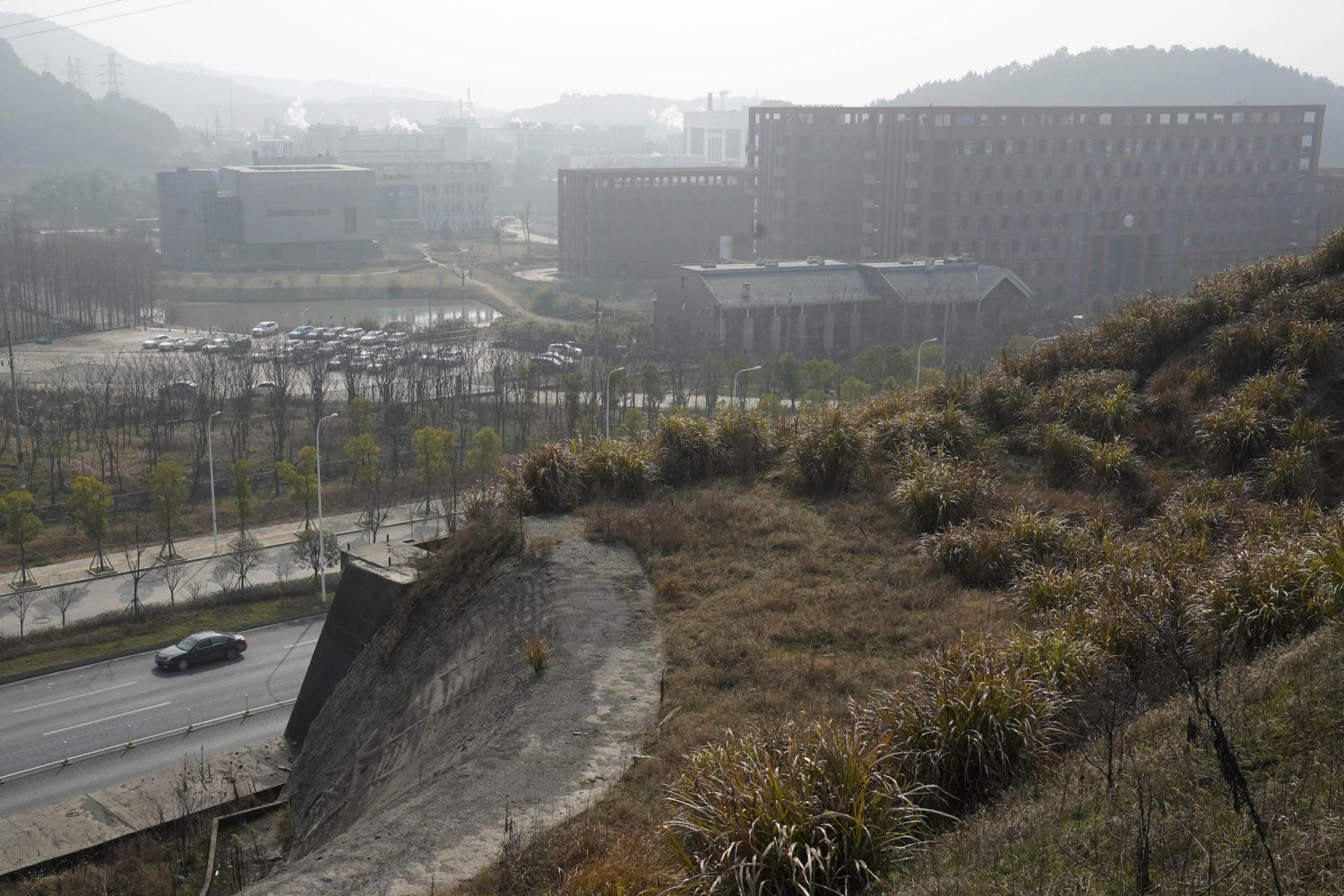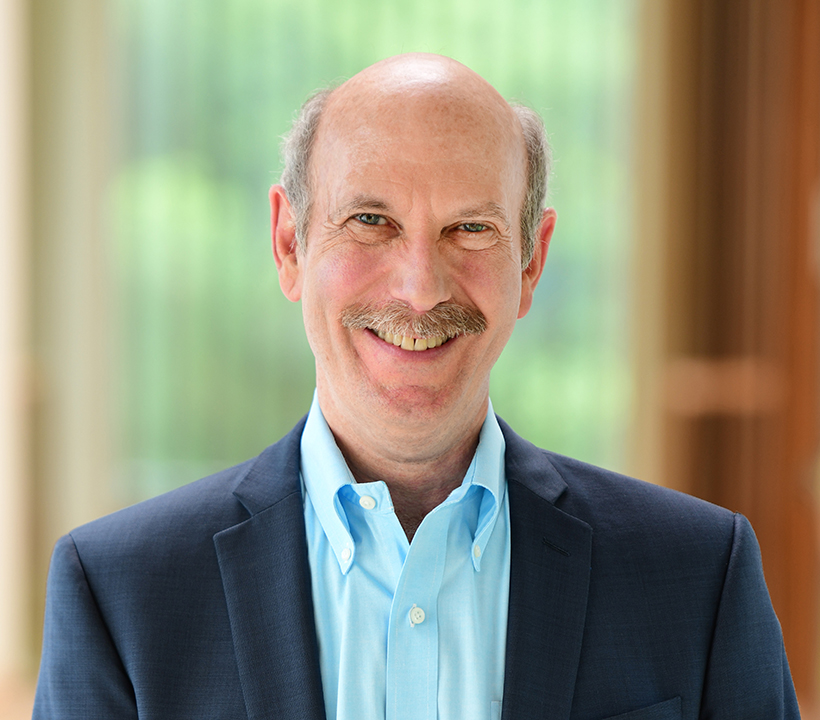For more than a year, the theory that the COVID-19 pandemic began with the leak of a previously unknown coronavirus from a laboratory at China’s Wuhan Institute of Virology in late 2019 was roundly, even vociferously, dismissed by many scientists and most in the news media.
A New York Times report called it a conspiracy theory. Facebook deemed it false and took down posts making that claim. The (Poynter-owned) fact-checking site PolitiFact dismissed it as “inaccurate and ridiculous. We rate it Pants on Fire!” (a term reserved for its most discredited assertions).
These conclusions were published despite the fact that the virus’ origin had not been definitively identified. The Wuhan Institute of Virology, located in the city where COVID-19 first surfaced, engages in cutting-edge studies of coronaviruses. But from the start of the pandemic, the Chinese government shared little information and blocked independent inquiries into the source of the outbreak.
Instead, based on disease outbreaks caused by other coronaviruses, the gospel among public health officials and the news media was that the deadly pathogen likely jumped from animals to humans in a market where live animals are sold.
That is, until recently.
In the past two months, the lab-leak theory has gone from “debunked” (The Washington Post) to “plausible” (The Wall Street Journal). In a May 5 article in the Bulletin of Atomic Scientists, veteran science writer Nicholas Wade made the case that it deserved serious consideration. Nine days later, the journal Science published a letter, signed by 18 leading scientists, calling for an independent investigation. On May 23, The Wall Street Journal reported that according to U.S. intelligence, three workers at the Wuhan lab sought hospital care in November 2019 “with symptoms consistent with both Covid-19 and common seasonal illness.” And in a statement on May 26, President Joe Biden announced that after an initial analysis, the U.S. intelligence community had “coalesced around two likely scenarios” for the virus’ origin — a species jump and a lab leak. He also ordered a second intelligence analysis, to be completed within 90 days, “that could bring us closer to a definitive conclusion.”
As a result, some news outlets have revised or corrected some of their prior reporting. Facebook reversed its ban. PolitiFact removed its fact check from its database, but archived it “for transparency” and added an editor’s note.
The newfound credibility of the lab-leak theory has also sparked widespread criticism of media coverage, particularly from conservatives, and soul-searching among journalists themselves about a story that has enormous stakes.
The COVID-19 pandemic has already caused more than 176 million infections and 3.8 million deaths worldwide, along with catastrophic economic damage and dislocation. Confirmation that the virus (formally known as SARS-CoV-2) had escaped from the lab would be devastating for China’s standing in the world. It would also raise grave doubts about the types of research — and the safety procedures — at the Wuhan lab and at similar facilities around the world.
Should the lab leak be confirmed, the initial coverage of the pandemic would represent a massive journalistic failure. In any case, the mainstream news media was misguided in dismissing a theory that was always plausible.
This rush to judgment is a teachable moment, both for the producers of journalism and for those who read, watch and listen to their work.
MORE FROM POYNTER: Can scientific uncertainties about COVID-19 be fact-checked?
The first lesson is that journalists in general, and science journalists in particular, were too credulous and reliant on outspoken scientists and failed to probe their potential conflicts of interest. For example, on Feb. 19, 2020, The Lancet, an influential medical journal, published a statement, signed by 27 public health scientists, that “strongly condemn(ed) conspiracy theories suggesting that COVID-19 does not have a natural origin.” That statement “effectively ended the debate over COVID-19’s origins before it began,” according to a Vanity Fair investigation by Katherine Eban, published on June 3 of this year.
But several months after the statement was published, a public records request revealed that the scientist who organized, drafted and signed it was involved in providing funding — including repackaged U.S. government grants — to the Wuhan Institute of Virology. “Conflicts of interest, stemming in part from large government grants supporting controversial virology research, hampered the U.S. investigation into COVID-19’s origin at every step,” Eban wrote.
Just four months ago, during a press conference in Wuhan, the leader of a World Health Organization team that was allowed into China for a four-week investigation called the lab-leak theory “extremely unlikely.” But China is an influential member of that organization, and the WHO team was given only limited access to independent data and Chinese facilities.
The second lesson concerns the predilection of journalists to dismiss the lab theory because President Donald Trump, who perpetuated so many falsehoods during his four years in office, was promoting it. His comments, along with his racially offensive references to the “China virus” and “kung flu,” were widely seen as attempts to deflect attention from his administration’s mishandling of the pandemic in the United States.
(One of the earliest proponents of the lab-leak theory, Sen. Tom Cotton, an Arkansas Republican and Trump ally, was also derided when he suggested during a Senate Armed Services Committee hearing in January 2020 that the virus may have originated in a Wuhan “superlaboratory.”)
“The ‘boy who cried wolf’ metaphor is at the heart of this,” Kelly McBride, the chair of the Craig Newmark Center for Ethics and Leadership at Poynter, told me. She said numerous journalists had told her that they had disregarded the leak theory because it was being espoused by Trump, so they viewed it as yet another example of disinformation.
The third lesson is to tread carefully when telling readers, viewers and listeners what to think by labeling something as false or fabricated.
Despite the lack of conclusive evidence for either the species-jump theory or the lab-leak theory, journalists didn’t simply express skepticism about the latter possibility; they dismissed it entirely, saying it had been “debunked” or calling it a ”fringe theory.” Particularly during the last two years of Trump’s presidency, the media became bolder in calling out his disinformation. In this case, the circumstances didn’t support this extreme step.
“You can be too inconclusive when the conclusive evidence is there, a la climate change,” McBride told me. “And you can be overly conclusive when the evidence isn’t there, a la Wuhan.”
A small number of scientists and journalists did give the lab-leak theory credence early in the pandemic — but they were like trees falling in the forest that no one was around to hear.
As a result, journalists fell into a common narrative — some critics call it groupthink — that failed to give dissenting voices their due. In this respect, and because of the overreliance on self-serving sources, the media’s response to assertions that the virus had escaped from the Wuhan lab is reminiscent of the widespread failure of journalists to challenge the claims of the George W. Bush administration that Saddam Hussein was harboring weapons of mass destruction in Iraq.
“Good journalism, like good science, should follow evidence, not narratives,” opinion columnist Bret Stephens wrote in The New York Times last month. “It should pay as much heed to intelligent gadflies as it does to eminent authorities. And it should never treat honest disagreement as moral heresy.”
And what are the lessons for all of us who read, watch and listen to the news?
- Seek out a wide range of sources, including those who challenge the conventional wisdom.
- Maintain a healthy skepticism. Even the most credible sources can be wrong. While, in most cases, a broad consensus of credible media and other sources (including scientists) can be trusted, this may not apply when evidence is unavailable or hidden.
- Don’t rush to judgment, especially where science is involved and evidence is inconclusive. Check your own biases; don’t automatically disregard everything that someone you typically disagree with says.
- Finally, follow the story as it evolves. Truth can take time to emerge. In this case, the story is far from over.
The News Literacy Project, a nonpartisan national education nonprofit, provides programs and resources for educators and the public to teach, learn and share the abilities needed to be smart, active consumers of news and information and equal and engaged participants in a democracy.








Amen. ‘
The news media has failed us again. Everything about pandemic coverage has felt like a pro-war media campaign. I covered the stats every day and about 2 months in, I realized, bad as it was, it was not as grim as promised.
I couldn’t get trustworthy answers from health officials to serious, foundational questions.
What’s the difference between the virus and the disease? Can you get the virus without the disease? Because, if so, PCR tests are testing for the virus. You can’t call it a COVID case.
County health officials told me COVID and novel coronavirus (SARS-CoV-2 hadn’t really gained popularity yet).
There was the “died with vs died of or died from” debate.
I could only report what I knew, so my sentences became clunkier and clunker.
I couldn’t right that “seven people died of COVID-19” because I didn’t know that to be a fact. I could write “7 people who tested positive for the virus that causes COVID-19 died.”
I didn’t want to explain my clunkiness, for fear of being viewed as a conspiracy theorist. But I could only write what I believed to be true.
And that was not easy.